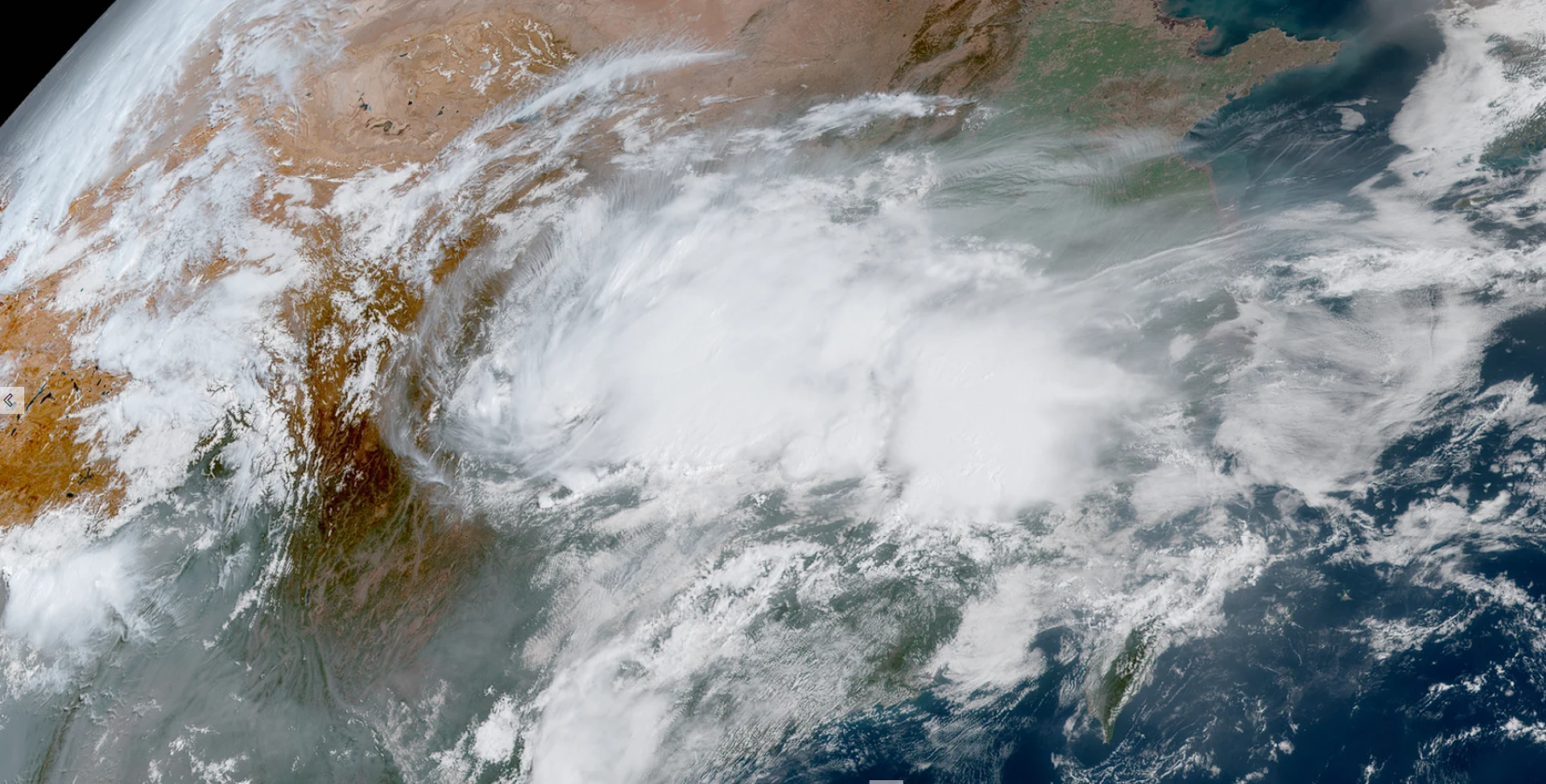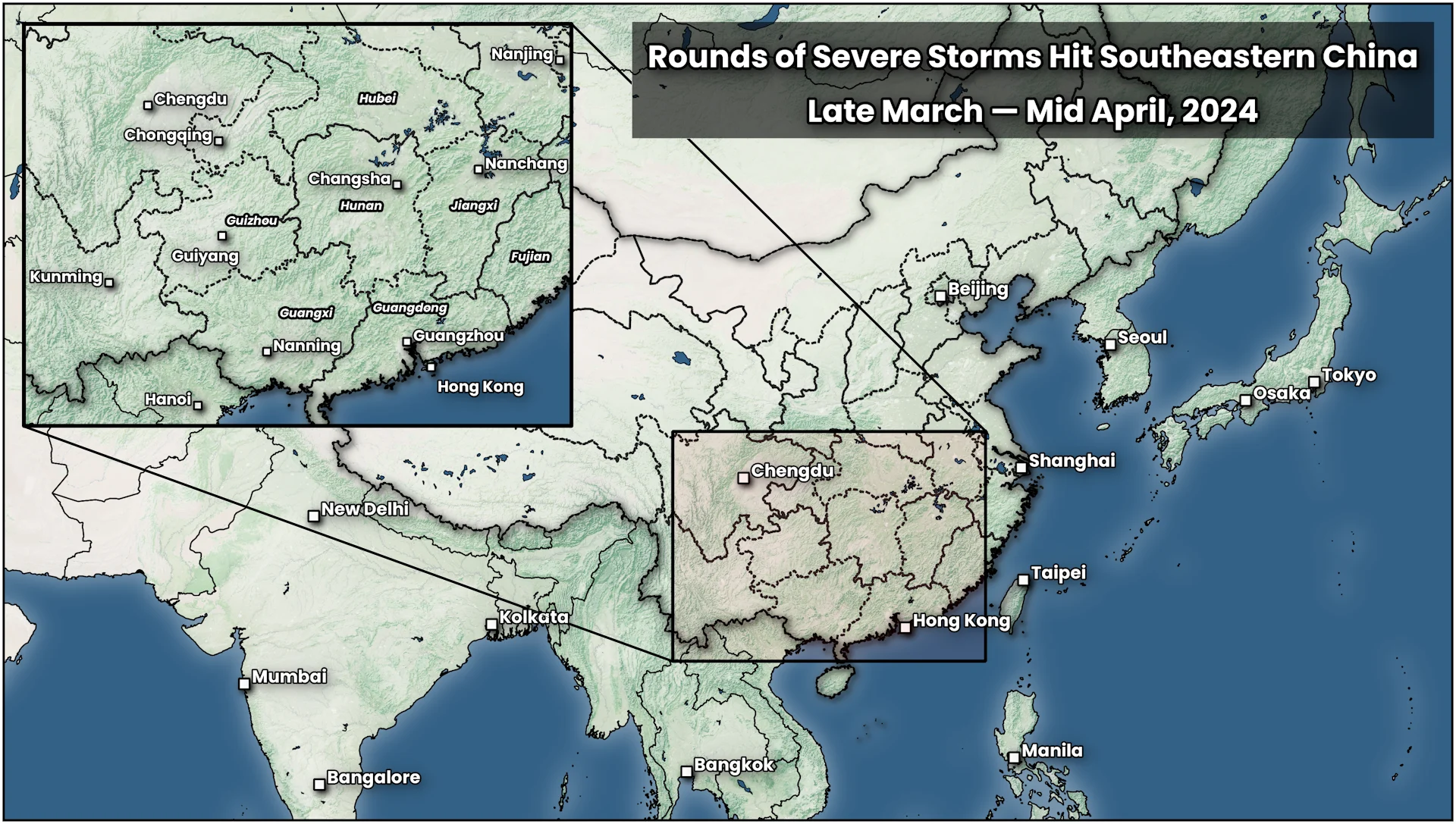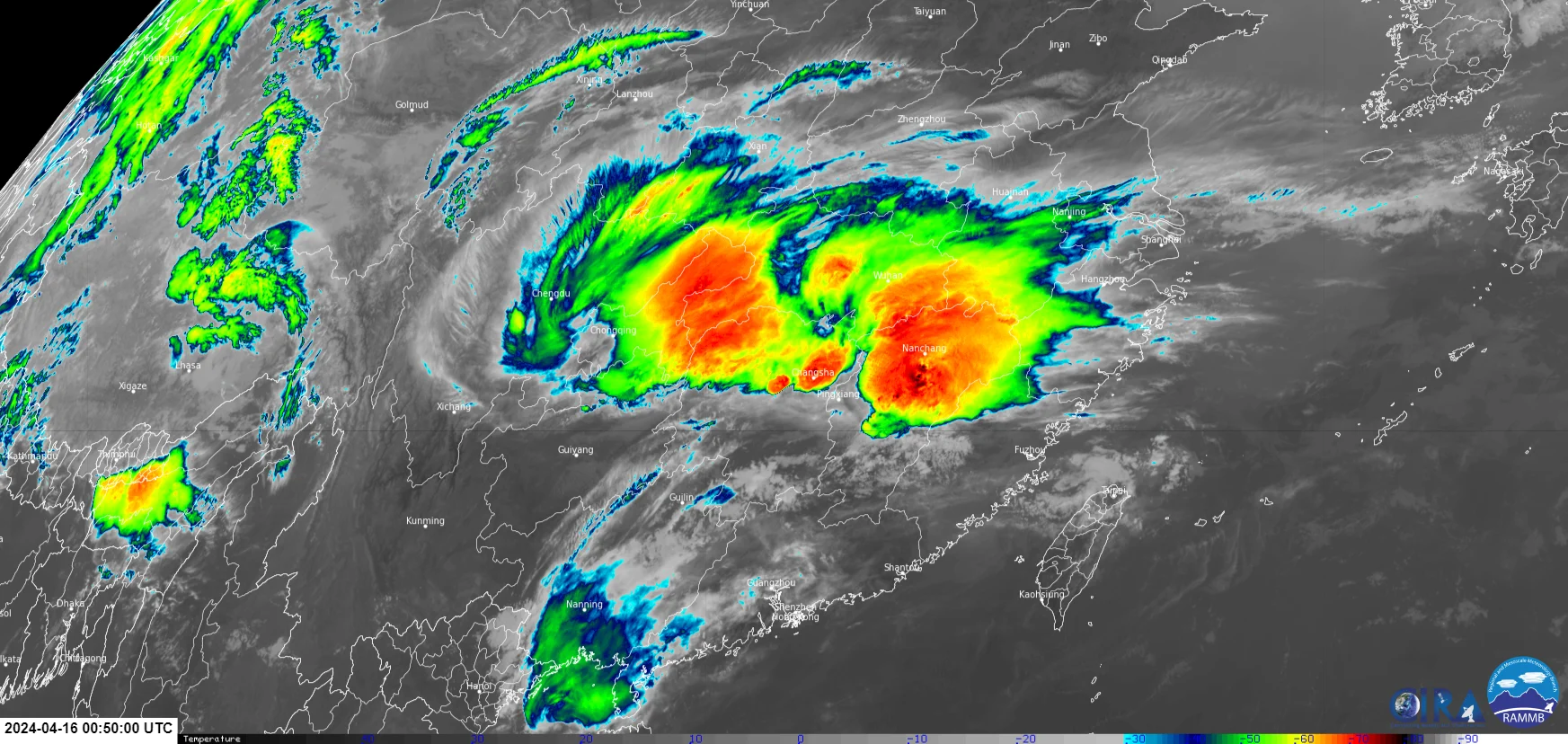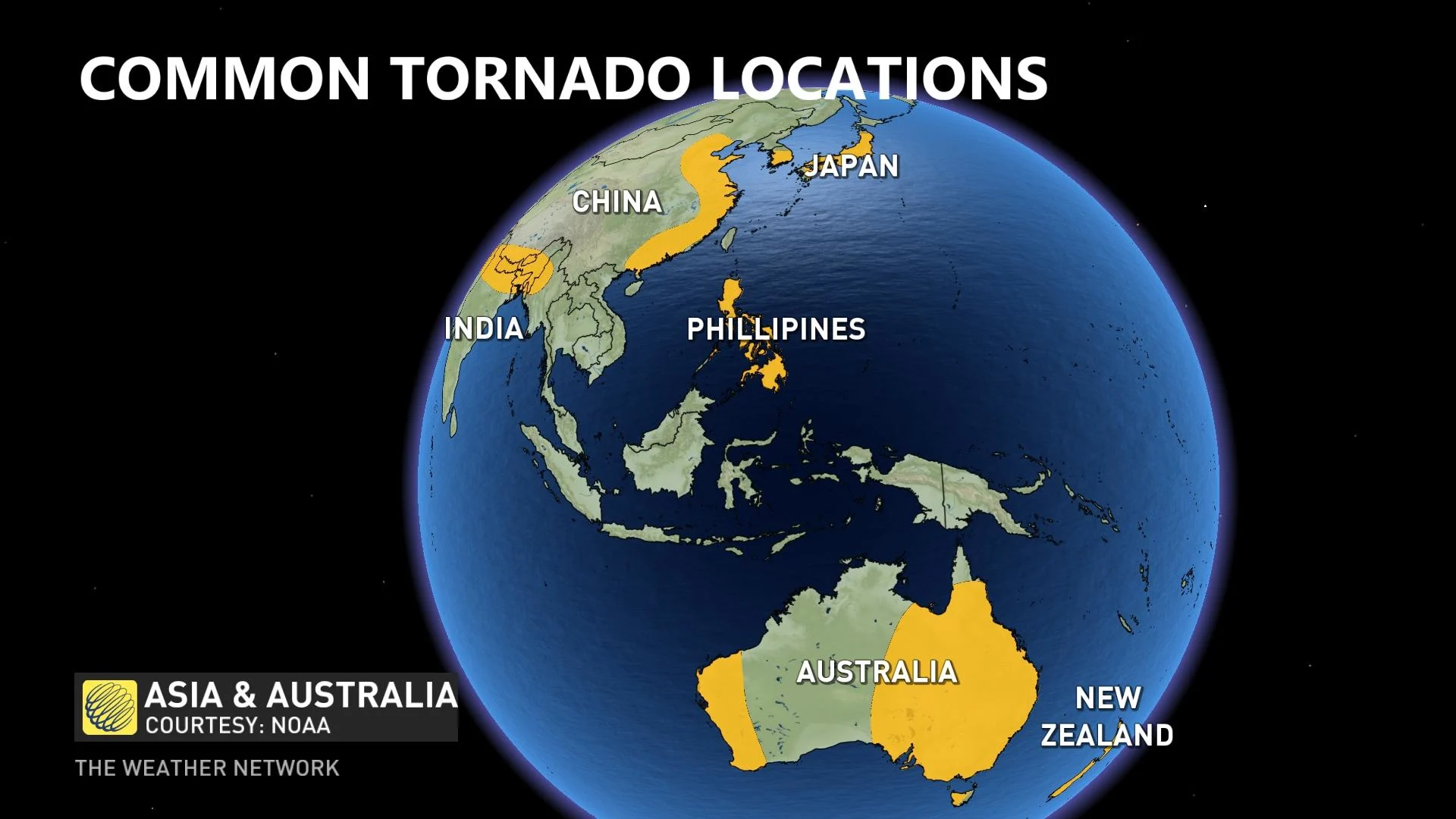
Severe storms in China unleash huge hail, cherry blossom blizzard
Persistent rounds of severe thunderstorms over the past few weeks have pelted southern and eastern China with large hail and destructive winds
Multiple rounds of severe thunderstorms across southern and eastern China left behind a trail of damage after unleashing torrential rains, damaging winds, and reports of very large hail.
An active springtime pattern sweeping over the country has allowed for waves of severe thunderstorms to bubble over southern and eastern provinces since last March.
DON’T MISS: Tornadoes can happen anywhere—and cities aren't immune

A deadly cluster of storms tore through Jiangxi Province on Sunday, March 31, with destructive winds of more than 120 km/h. Reuters reported that seven people died and many more were injured in the city of Nanchang after the storms blew out windows and doors in high-rise apartment buildings.
Additional rounds of severe weather this week caused significant damage in southern China. Hail larger than golf balls punched holes in vehicles and damaged homes and crops throughout Guizhou and Guangdong Provinces. Images posted to social media show the extent of the damage and the sheer size of the large hail that pelted the region.

Infrared satellite showing intense thunderstorms over Jiangxi Province on April 16, 2024. (CIRA/RAMMB)
While the bulk of the recent severe weather focused on southeastern China, northern sections of the country haven’t been spared by the active storm track.
Strong winds during a thunderstorm on April 14 blew through a university campus in Baoji City—about 1,000 km southwest of Beijing—filling the air with a blizzard of cherry blossom petals.
RELATED: Don’t fall victim to these seven dangerous tornado myths

Severe weather is common in China during the spring and summer months, especially in the southern and eastern provinces where environmental ingredients align to favour the development of intense thunderstorms. It’s not unlike the setup we see here in Canada and the U.S. in the warmer months.
Low-pressure systems rolling off highlands to the west drag warm, moist air inland from the South China Sea. This muggy air provides the fuel to feed thunderstorms. Strong winds aloft allow those storms to turn into supercells capable of producing very large hail, destructive winds, and tornadoes.
A recent study found that China averages about 100 tornadoes every year, which puts the country on par with Canada’s typical annual count. Also similar to Canada is that China’s vast size makes it likely that many tornadoes there go undocumented, leaving the true total unknown.
Contains files from Reuters.
Header image courtesy of CIRA/RAMMB.










